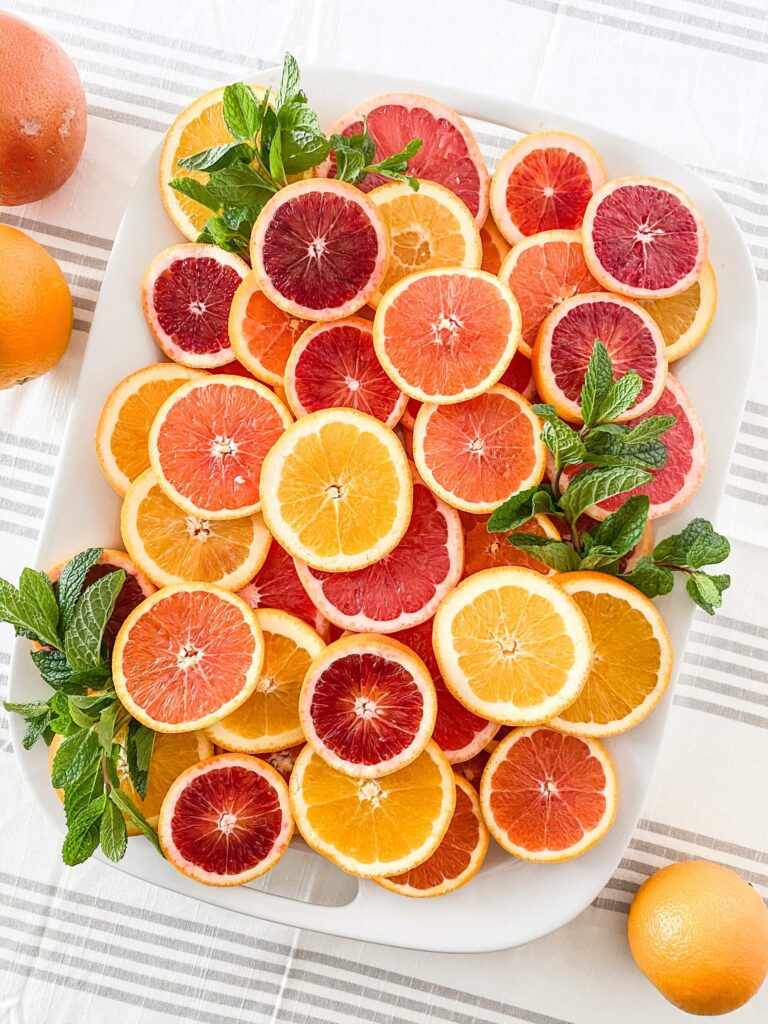The Best Time to Enjoy Citrus Fruits: A Comprehensive Guide4 min read
Are oranges good for you
Citrus fruits are some of the most delicious and refreshing fruits that you can eat. But when are they in season? And what are the health benefits of eating them? In this comprehensive guide, we will find out if oranges good for you and answer all of your questions about citrus fruits!
Citrus fruits are a type of fruit that grows on citrus trees. The most common types of citrus fruits are oranges, lemons, and grapefruits. Citrus fruits are rich in vitamin C and other nutrients, making them an excellent addition to your diet.
Even though you can find citrus fruits all year long at your local grocery store, citrus fruits are typically in season from late fall to early spring (mostly winter). Consuming citrus fruits in season will give you more natural nutrients that come in the fruits as they don’t need to use as many pesticides and chemicals as when they’re out of season.
Benefits of eating citrus fruits
There are many health benefits associated with eating citrus fruits. Citrus fruits are a good source of fiber, which can help to lower cholesterol and prevent constipation.
They are also a good source of vitamin C, which is an important nutrient for immunity and skin health, as well as other minerals and plant compounds that contribute to many other benefits, including antioxidant and anti-inflammatory.

Citrus fruits are also low in calories, making it a great choice to add to your diet. However, they can be high in sugar, so beware of your fruits intake.
Additionally, citrus fruits contain flavonoids, which are antioxidants that can help to protect cells from damage.
When are oranges in season?
Let’s look at each of citrus fruits.
Oranges are categorized into navels, blood oranges, and valencias.
Navels are the most popular types of orange, they are in season from November to May. Cara Cara is a type of navel orange, in which their flesh is more pink in color.
Blood oranges come out every winter, around December to April. They are sweet and colourful, and they a hint of berry-like flavour, making them a great usage for cocktails and preserves. The intensity of the redness color inside varies, based on the types, season, and more. Look for fruits that feel heavy for their size, and store them in the fridge for 2 weeks.
Valencias are usually used for juice as they are harder to peel. They’re in season from April to summer.
Grapefruit are mostly available all year-round. There are two types of grapefruits: ruby red grapefruits which are best from October to April, and dark red grapefruits which are the best in November to March. Usually, grapefruits lose their bitterness and are the sweetest in the spring.
Kiwis are harvested in warmer and mild areas in late winter through spring. Kiwis’ skin is thin making them easily bruised, so choose the ones with unblemished peels that are heavy for their seize.
Kumquats are best to buy from February to April. They are different than other fruits because they have edible peels that are sweet. They are small, bite-sized, making them a great snack or can be added to salads.
Lemons are available all year long, though they are the best in winter and spring. Lemons are best kept at room temperature instead of in the refrigerator. The widely-known types of lemons are Lisbon and Eureka.
Meyer lemons are more challenging to distribute and store because they have thinner skins, so they are usually priced accordingly. Due to this, their harvest time is limited, usually from December to February.
Limes are also available all year-round, though fall is their best season. The most common types available are Tahiti and Bearss. The Mexican or West Indian lime, also known as the key lime, has seeds and is smaller, thin-skinned, juicy, and more flavorful than its relative.
Mandarins have wide varieties, including clementines, satsumas, tangelos and tangerines. They are easy to peel, smaller, and sweeter than oranges and are mostly seedless.
Clementines are similar to tangerines and are often used interchangeably. They are best to get in around November to February to get their sweetest and juiciest flavour. Also known as “Christmas oranges”, they are small, sweet, easy to peel, and mostly seedless, making them a great snack for kids.
Satsuma mandarins are in season in October until clementines are available, which is around November.
Tangelos are a hybrid between a tangerine and a grapefruit that are available in the winter. They have a bumpy stem end and are tangy and juicy.
Cons of eating citrus fruits

Citrus fruits are high in acid that erodes tooth enamel, increasing the risk of cavities. Avoid drinking lemon water all day that may cause harm to your teeth due to the acid. Consult your dentist if needed.
Also, The juices in citrus fruits contain high vitamin C, but a serving of juice has high sugar and less fiber, making the juices not as healthy as the whole fruits. Drinking big amounts of fruit juice may cause weight gain due to the high level of sugar (fructose).
The body absorbs fructose into the bloodstream and delivers it to the liver rapidly, causing weight gain. If the liver can’t process all of the fructose it receives, some of it is converted to fat. Over time, these fatty liver cells may cause fibrosis.
The best way to prevent this is to consume a smaller portion daily and watch your intake.
